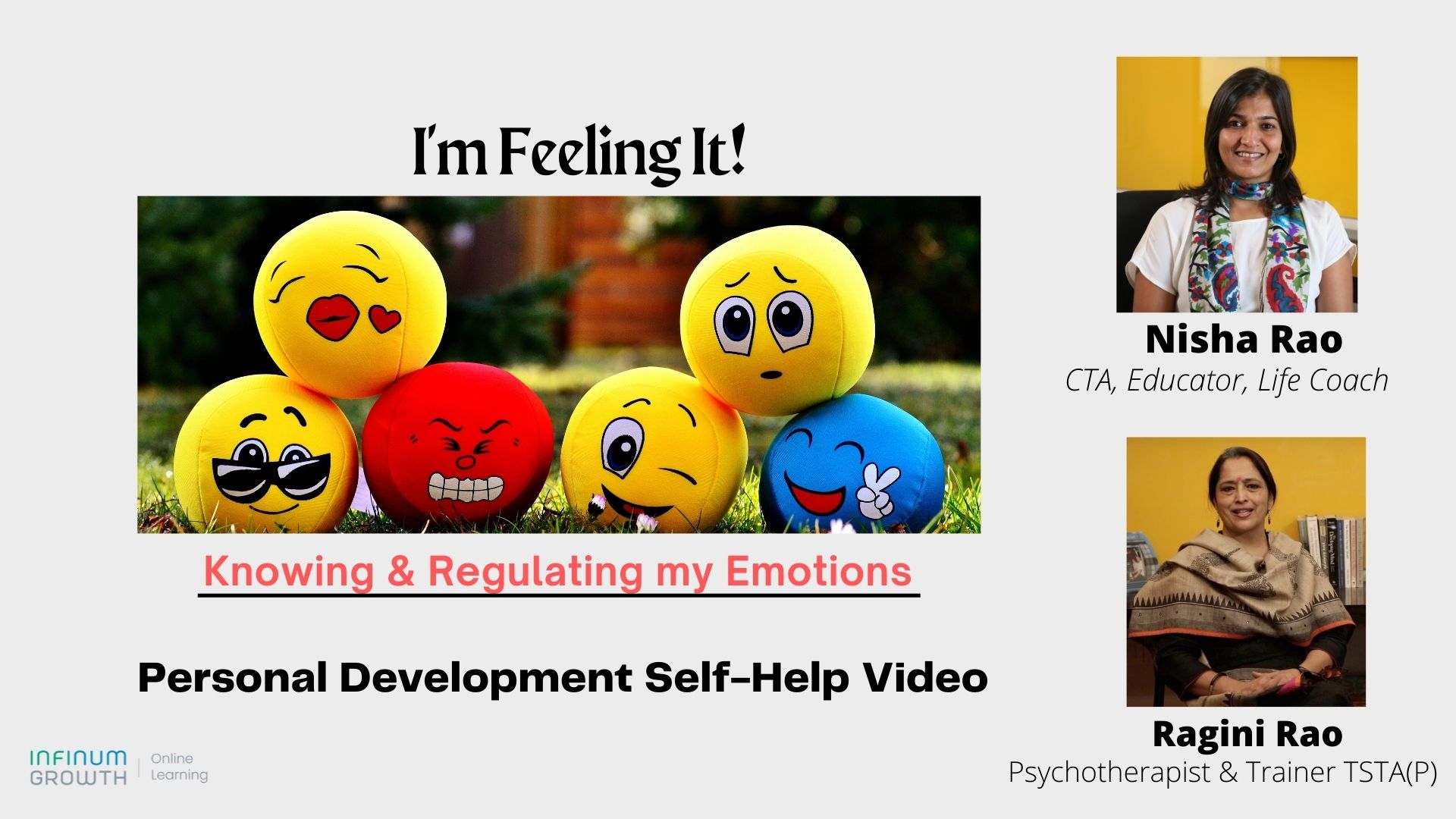People often think of a brand as a superficial, marketing concept. They see it as an image, a representation, a figure created through advertising to improve and enhance liking or inclination for products of that company.
A brand is much broader and deeper than that. A brand or set of brands of any organization is a core identity of the organization as perceived by the customers / buyers.
It takes a humungous effort by everybody in the organization- from the sales person who sells the brand, the brand manager who manages the brand, the product management, production management, customer management, IT,Legal teams, right up to the MD of the organization – to present the brand to the customer as a product or service and through every communication and process of the company, satisfy a particular need of the consumer. It is important therefore, to understand that the brand has to be a true reflection of the reputation and image of the company.
Brands- Successes & Failures
Some very famous brands which have impacted us in the recent years and have grown to become iconic are Apple,Samsung,Amazon and Google. Each of these brands have carved a distinctive space in the minds of their customers. At the same time, there are brands which have lost steam after a great success – Nokia, Blackberry,Yahoo to name a few! Why do some brands continue to grow and capture the imagination of consumers despite competition, while some disappear from the market and also from the mind of the consumer?
Success and failure of brands depend on the brand promise, brand perception, brand positioning, brand-consumer bond and overall brand image. A bond, once established between the consumer and the brand, results in a strong perception and an emotional attachment of sorts in the mind of the consumer. The bond erodes if customer experience is not at the expected level. The customer then starts searching for other options as a replacement to this brand.
Why Brands fail
There could be many reasons why brands lose out on the growth trajectory after a point. Here are three typical cases.
1. Not moving with change and lacking innovation – Product Management failure
The environment today in which the brand operates is very dynamic. The business requires to change its business model, product and branding strategies from time to time to keep up with customer trends, not only to maintain loyalty from existing customers, but also to gain new consumers.It is vital for a brand to infer the current and future needs and desires of the customers to stay ahead in the race.
Nokia
Nokia was once a market leader in mobile phones industry. Today, the brand has lost significant position in the global mobile phones market primarily because of its inability to move with change and lack of innovation in the features of the product.Nokia had the best hardware engineers with them but it completely overlooked the fact that the consumer preference was shifting. There was no innovation visible in Nokia and the brand became obsolete in both technology and features whereas others like Apple (ios) and Google (Android) were able to look ahead and innovate keeping consumers’ needs in mind.
2. Position Memory Loss – Product Positioning change
Position Memory Loss is when a brand forgets what it is and what it stands for. The brand tries to experiment with its identity and positioning to an extent that it takes a totally different route which could result in that brand’s failure as it might not be congruent to the existing image and positioning of the brand in the consumers’ mind.
Coca Cola
Coca Cola is undoubtedly one of the most loved brands across the world with over a billion bottles sold every day. One would recollect that the Coca Cola’s direct competitor, Pepsi, had launched better marketing campaigns in late 1970’s and early 1980’s to displace Coca Cola from its No. 1 position. Campaigns like “Pepsi – Choice of a New Generation” compelled consumers to prefer Pepsi’s taste vs Coca Cola.
Coca Cola had always a very powerful positioning of emotion (happiness) attached to its brand. As a counter marketing strategy, Coca Cola drifted from this positioning and launched “New Coke” to compete against Pepsi which was not accepted by the consumers. Coca Cola lost its market share and was left with the only option to bring back the original product and original positioning messages.
3. Overconfidence – Lack of Cultural alignment
Some of the most successful companies have faced the biggest brand failures because of their strengths and past victories, which resulted in over-confidence. Contentment and complacency made them averse in trying out new strategies which led to both current and prospective consumers moving away from the brand.
Kellogg’s
Kellogg’s initial foray into the hugely potential Indian market as a Breakfast Meal is considered a failure. The failure of this highly successful global brand is attributed to the following reasons:
- The brand was overconfident because of its success in other countries and thought it would get the same success in India as well. So it did not redesign its strategy specific to the Indian market.
- It perhaps ignored and disregarded many vital cultural insights of the Indian market.
Brand management is a tight rope walk needing alertness and alacrity, not just at the brand manager’s level but across the entire organisation.
Critical factors in Brand Building
Some important requirements for continued success include
- Having a competitive differentiation and strong positioning
- Being Authentic – being true to your brand promise with the product as well as at every consumer touch point
- Staying relevant – updating the product and positioning to keep up with times
- Having impressive Brand Stories – communicating regularly about major achievements
- Coordinated brand presentation – giving the brand a consistent look and feel in all depictions
- Walking the talk within the organisation – ensuring the entire team has a buy-in and lives the brand promise
Brand Building therefore is certainly an arduous task, though exciting, both in terms of building the offering and communicating it effectively. Every arm of the organisation has to play its part and be consistent.
With rapid technological advancements, especially in the digital space, the stage is set for some very interesting battles for survival and growth.
Please do leave your comments at the bottom and do share with others if you like this article.



















Very useful tips to marketing people!